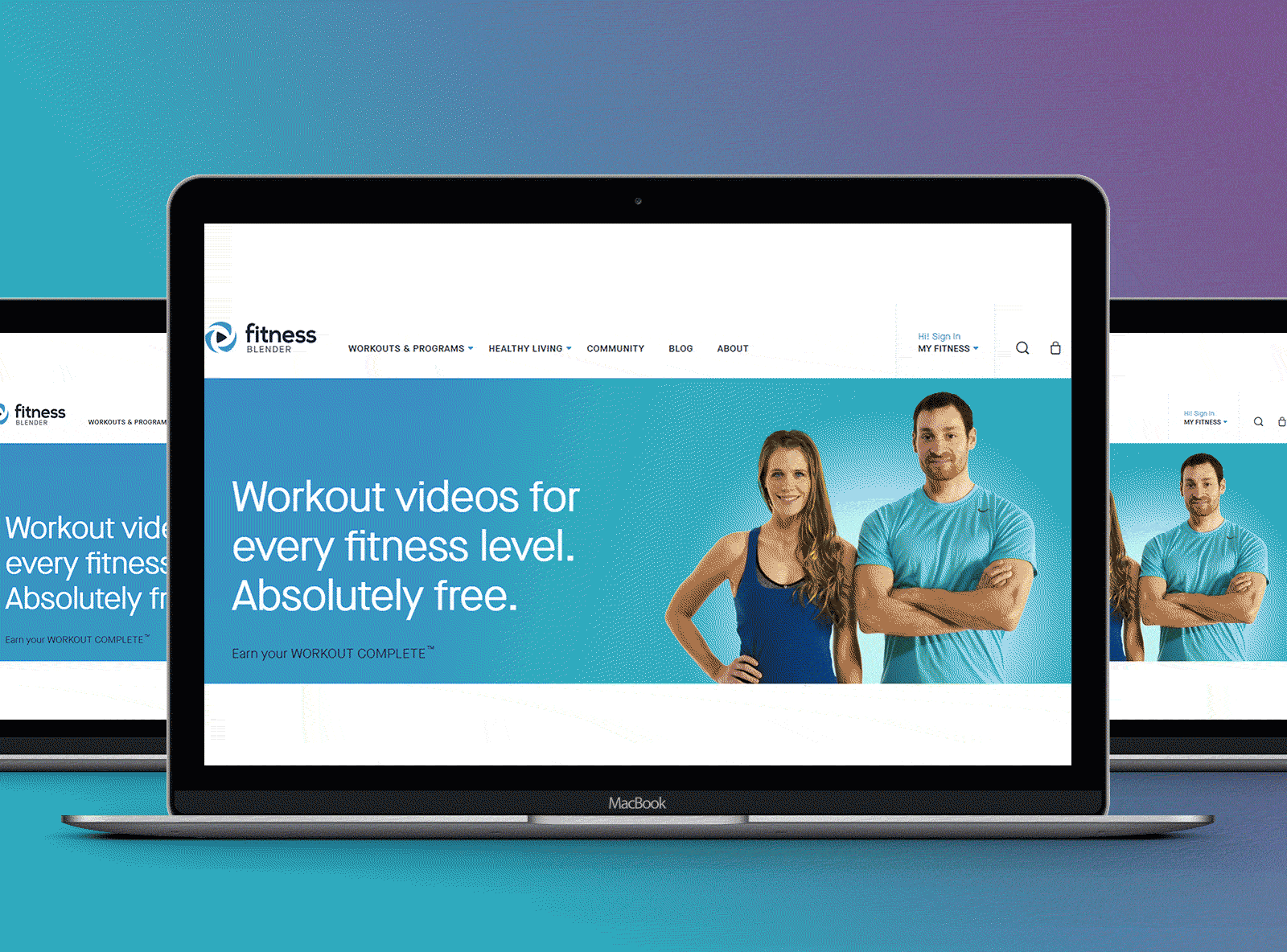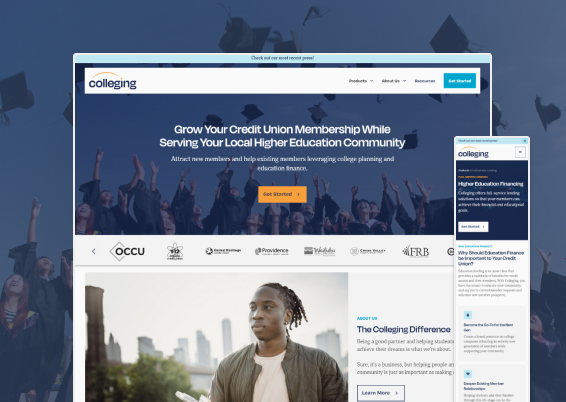Achieve Online Success With User-Friendly Site Style
In the progressively affordable electronic landscape, the style of an internet site can be a crucial variable in establishing a business's success. Straightforward design not just enhances the general individual experience but additionally affects crucial metrics such as engagement, conversion, and retention prices. By focusing on intuitive navigating and ease of access, companies can promote a much more comprehensive atmosphere that attract a broader target market. Understanding the details principles and attributes that contribute to efficient style requires a better exam of current patterns and ideal methods, which might disclose opportunities for considerable renovation.
Value of Individual Experience
User experience (UX) plays a critical role in the success of a site, as it directly affects customer fulfillment and involvement. A favorable UX guarantees that site visitors can navigate the website easily, gain access to details promptly, and full wanted activities, such as signing or making a purchase up for a newsletter, without irritation.
In an electronic landscape where competition is tough, a website that focuses on UX can dramatically improve brand name loyalty and retention. Customers are more probable to return to a site that provides a smooth experience, creating a cycle of repeat brows through and raised consumer lifetime worth. Additionally, reliable UX style can reduce bounce rates, as users are less inclined to leave a website that meets their needs effectively.
In addition, internet search engine increasingly consider individual experience aspects when ranking websites. Elements such as page lots speed, mobile-friendliness, and intuitive navigation can impact a website's visibility in search results page. By concentrating on UX, services not only improve client communications yet likewise enhance their on-line visibility and credibility. Hence, buying user experience is crucial for attaining lasting success in the electronic market.
Trick Concepts of User-Friendly Style
A successful easy to use layout hinges on several vital concepts that improve functionality and availability. Primarily is simplicity; a clutter-free user interface enables users to browse effortlessly, decreasing cognitive load. This principle emphasizes the significance of clear and succinct material, allowing users to locate information swiftly without unneeded interruptions.
Uniformity is another important part. Constant usage of fonts, colors, and formats fosters experience and develops trust. Individuals ought to really feel comfortable as they discover different sections of the site, understanding that similar components indicate relevant capabilities.
Reliable typography likewise plays a crucial function in easy to use design. Clear fonts, suitable sizes, and sufficient spacing ensure that content is quickly understandable throughout numerous tools. Additionally, incorporating instinctive aesthetic power structures assists individuals recognize essential details and activities at a look.

Essential Features for Navigation
Reliable navigation is critical for any user-friendly site, as it straight affects the overall individual experience. A well-structured navigating system permits customers to situate info promptly and effectively, reducing frustration and special info enhancing engagement.
One crucial function is a clear and intuitive menu that categorizes content rationally - website design copyright. This food selection needs to be quickly obtainable from every web page, commonly placed on top or on the side of the web site. Furthermore, incorporating breadcrumb navigation aids users understand their area within the site pecking order and makes it simpler to backtrack
Search performance is an additional essential element, enabling customers to discover particular content without looking through numerous pages. This attribute must be plainly shown and receptive to variants in input.
Additionally, a mobile-responsive layout guarantees that navigating continues to be seamless throughout devices. As mobile use remains to increase, food selections ought to adapt to different screen dimensions without jeopardizing functionality.
Lastly, aesthetic signs such as highlighting the energetic page and utilizing hover effects can boost user communication. By integrating these necessary features, site developers can produce a navigational experience that is not only user-friendly but additionally motivates expedition and retention.
Ease Of Access Considerations
Ease of access factors to consider are important to developing an easy to use website that accommodates all individuals, regardless of their disabilities or capacities (website design copyright). Sites should be created to make certain that customers with visual, auditory, cognitive, or electric motor disabilities can engage with material effectively. This starts with adherence to the Web Web Content Ease Of Access Standards (WCAG), which provide a framework for making electronic web content more obtainable
Key methods include using detailed different text for pictures, guaranteeing color comparison proportions meet ease of access requirements, and supplying captions for multimedia aspects. Furthermore, the navigation needs to be instinctive, permitting individuals to tab via web links and interactive components conveniently. Applying key-board navigating is important for those unable to utilize a computer mouse.
Moreover, concise and clear language boosts comprehension for users with cognitive limitations. Forms ought to be simple, with labels and directions that are understandable. Regular ease of access testing, including individual comments from individuals with specials needs, can help identify obstacles and boost use.
Gauging Layout Success

User feedback studies and functionality screening are essential in evaluating the efficiency of design components. These methods allow designers to gather straight input from users, identifying pain points and locations for enhancement. Additionally, tracking heatmaps can disclose where users click most often, helping to inform design modifications and material prioritization.
Google Analytics Source can track user habits, disclosing patterns that indicate whether the design is hindering the customer or assisting in trip. Inevitably, a successful web site layout not just meets company goals yet additionally cultivates a satisfying and smooth customer experience, driving engagement and loyalty over time.
Conclusion
Prioritizing customer experience with simplicity, intuitive navigating, and reliable responses devices not just enhances user engagement and complete satisfaction however also promotes brand loyalty. Incorporating important navigating functions and accessibility factors to consider better guarantees that all users can effectively communicate with the website.
Web sites must be made to ensure that customers with visual, acoustic, cognitive, or motor impairments can involve with content successfully.Measuring style success includes assessing just how effectively a web site fulfills its designated goals while giving a favorable individual experience. Google Analytics can track individual behavior, exposing patterns that suggest whether the style is preventing the individual or facilitating journey. Inevitably, an effective website layout not just meets company goals however additionally fosters a enjoyable and smooth individual experience, driving involvement and loyalty over time. Prioritizing user experience through simplicity, user-friendly navigation, and effective feedback devices not just enhances user involvement and complete satisfaction however also promotes brand name commitment.